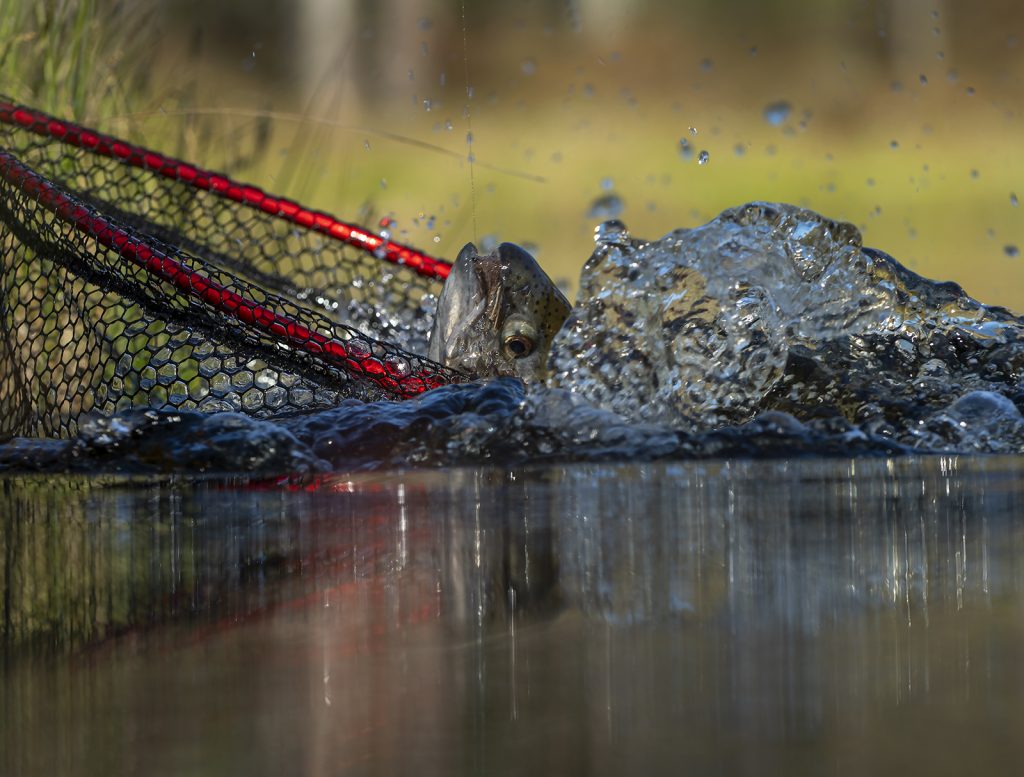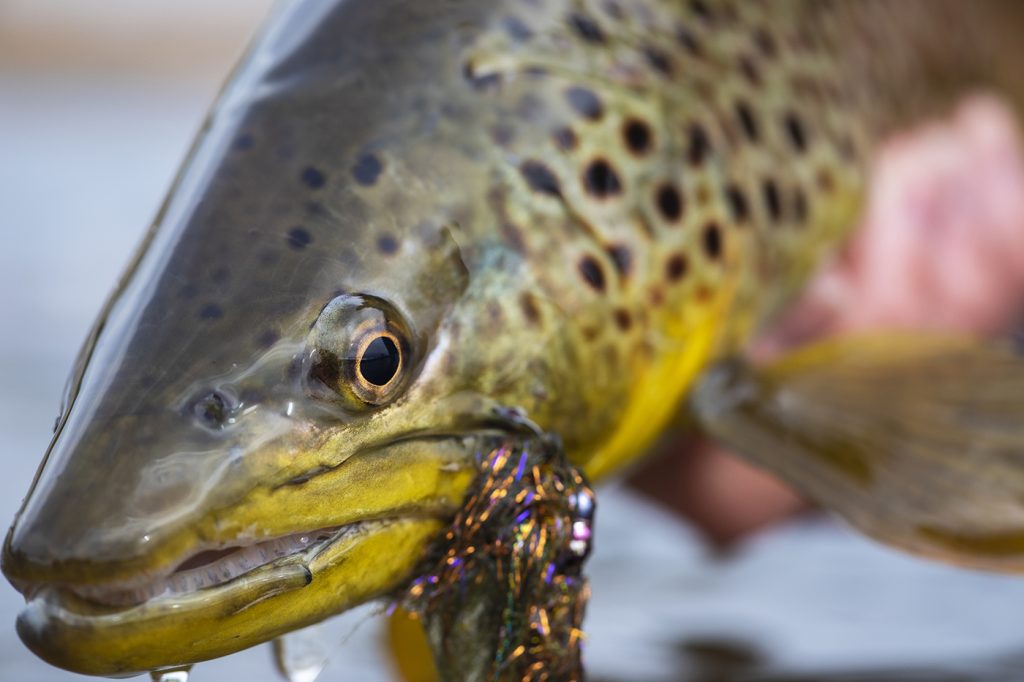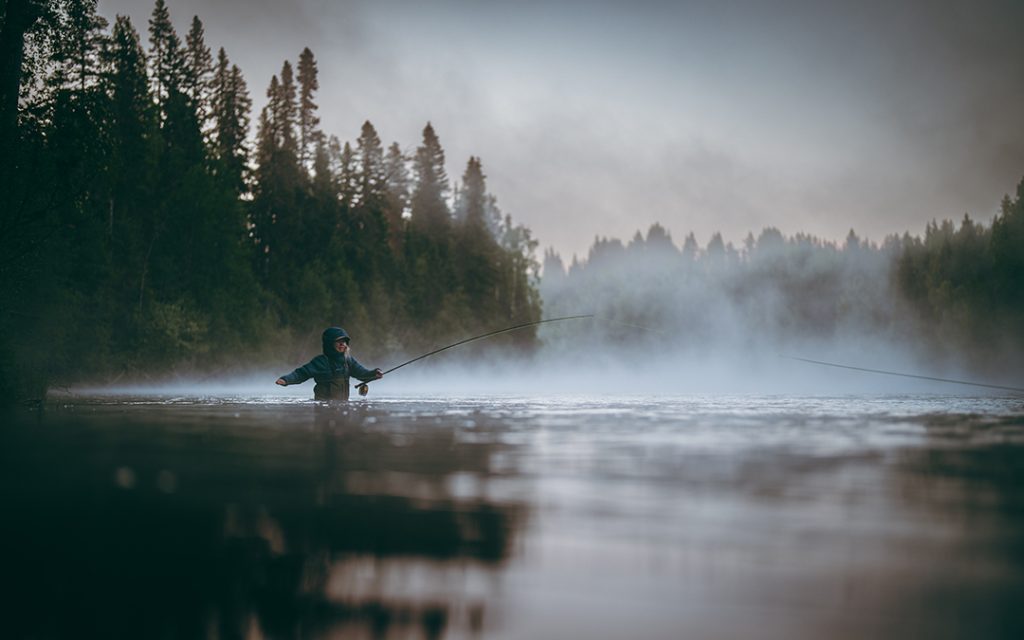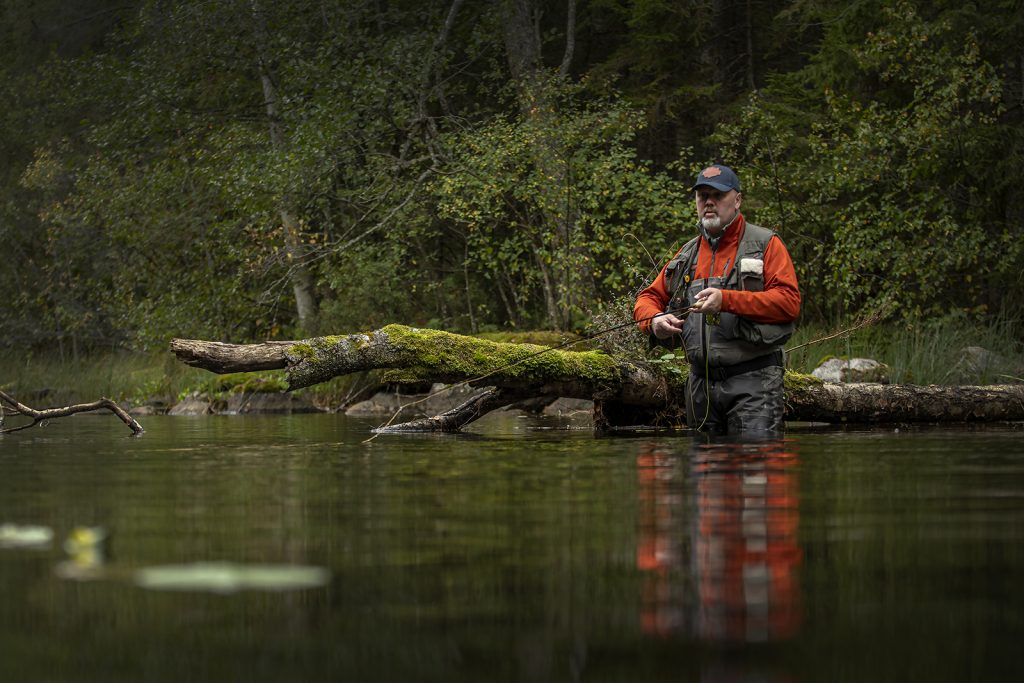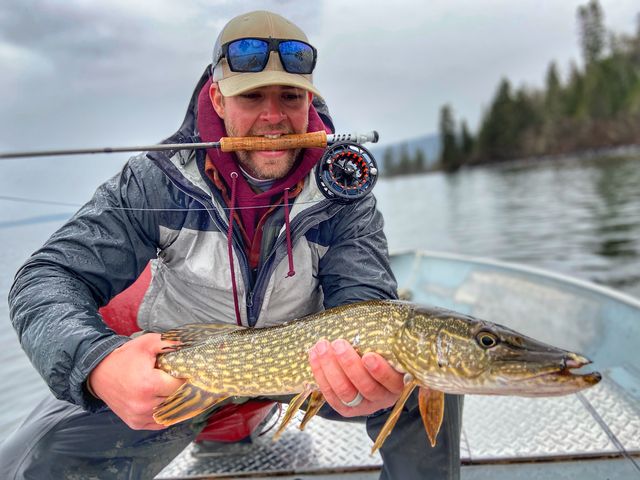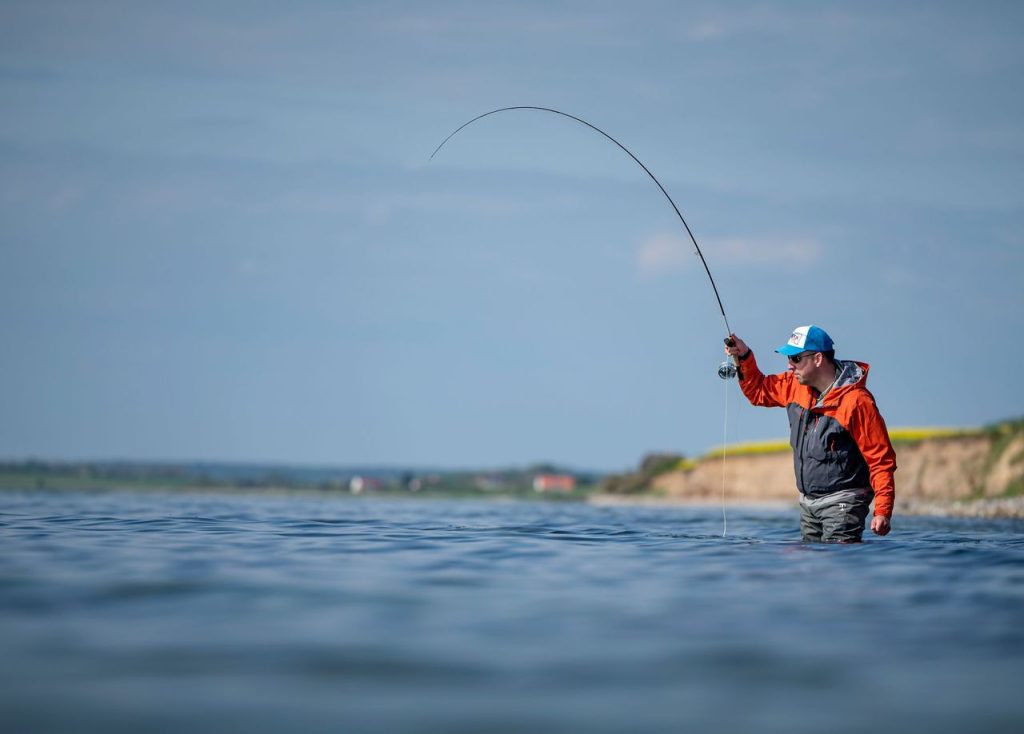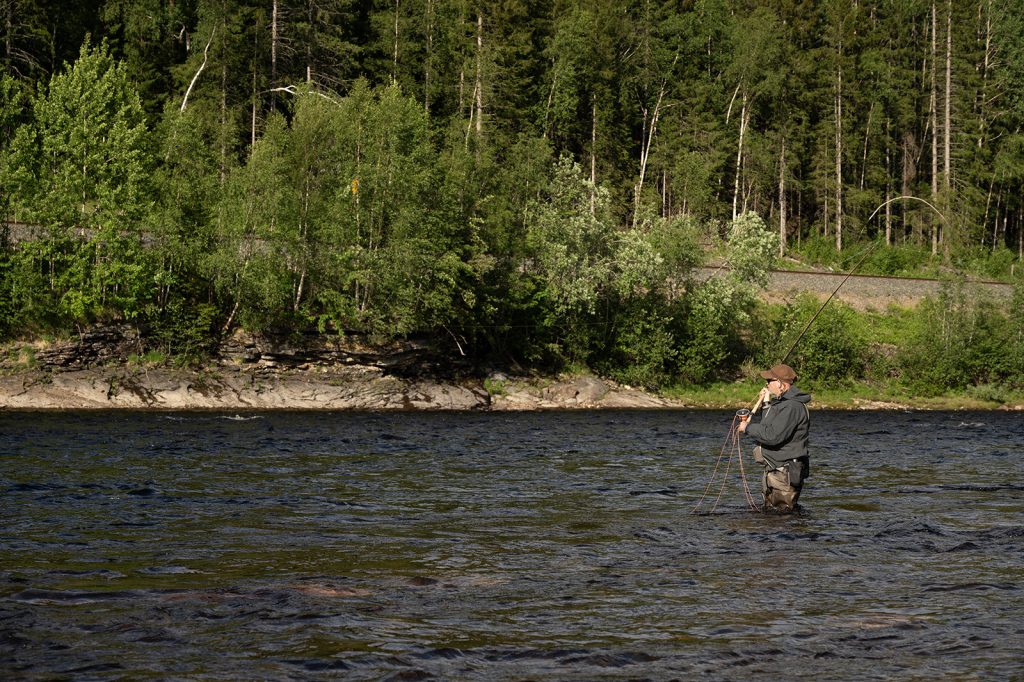
We’ve covered the seemingly dire situation unfolding in Norway this season. Very, very few salmon running on some of the big and famous rivers. So few in fact that Norwegian authorities chose to close 33 of them entirely. It seems that the situation has changed for some rivers as 16 of them have been opened for fishing again, which is very good news. Mainly for the salmon as it means that there’s a viable run, but of course also for the fishermen and -women. The locals can enjoy the fishing in their rivers and those travelling can do the same, as well as bring in the lift to the local economies. Of course potentially avoiding losing a week of prepaid fishing.

